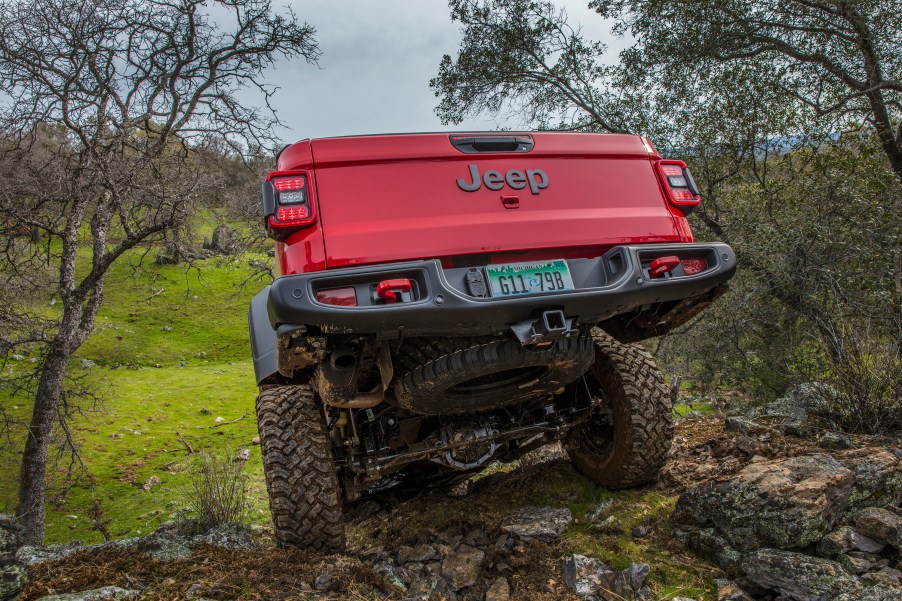
Here’s How Disconnecting Electronic Sway Bars Work
The average truck or SUV has much more mass than a sedan or other small car. This can make it harder to round sharp corners or make split decisions while driving. In some cases, it’s unavoidable to swerve with little notice, such as trying to avoid a pedestrian or an animal crossing the road. It also gives the driver more control while off-roading.
To help improve its performance in this area, some cars are made with an electronic disconnecting sway bar in the suspension. This is also called an “anti-roll” bar because it stops the car from potentially tipping over. How does one simple component accomplish this? Let’s go over how it works.
The basic mechanism
The sway bar is attached from one end of the wheel to the other on each end. The bar itself is a torsion metal spring, meaning that it can resist excessive bending. When a big truck is rounding a tight corner and the sway bar is engaged, the bar will bring any wheels that may have lifted back to the ground. In most cases, the bar will keep the car’s wheels from leaving the road at all.
In most modern cars, like the Jeep Gladiator, the bar can be electronically engaged with only the press of a button. The sway bar is able to be disconnected easily because it runs through a metal housing that is connected to a motor. Inside the metal housing is an electric spline that attached to the two ends of the sway bar. The motor is attached to a shift fork which holds up the spline.
Once the driver presses the disconnect function on their control button, the motor will push against a small switch attached to the shift fork. This causes the spline to push the two ends of the sway bar apart, disconnecting them. When the driver wants to reconnect the bars, each end has a position sensor that helps the bar reattach on an even plane. Because of the spline’s unique collar, it’s impossible for the gears to reconnect unevenly.
When should you engage the electric sway bar?

A car with too much body roll could have a negative effect on the wheels, causing them to not grip the road or become misaligned. The sway bar should definitely be connected when you’re off-roading at high speeds. You may also want to turn it on when you’re driving over a lot of gravel or icy roads. This makes the suspension stiffer and reduces the risk of body roll. It also makes the vehicle more stable.
When should it be disengaged?
When you disengage the sway bar, the suspension becomes softer and relieves pressure from the wheel’s axles. This gives you more axle control while you’re off-roading so that you can go over big obstacles. If you need to know how much axle articulation you’ll get, you can determine this number by using a formula called the “ramp travel index”. When the sway bar is disengaged, the ramp travel index increases.
Ramp travel index
This is the ratio of the distance traveled up a twenty-degree ramp before the time it takes for any wheel to lift off the ground. This wheel will usually be behind the one that starts to ascend the ramp. The distance is divided by the car’s wheelbase and multiplied by 1,000.
The RTI is often used by off-roading industries to measure how well a vehicle will perform in off-roading situations. With a higher RTI, the vehicle can make its way safely up the ramp because every wheel is attached to the ground. Most SUVs have an RTI of around 500, but modified trucks can have one as high as 1000.



